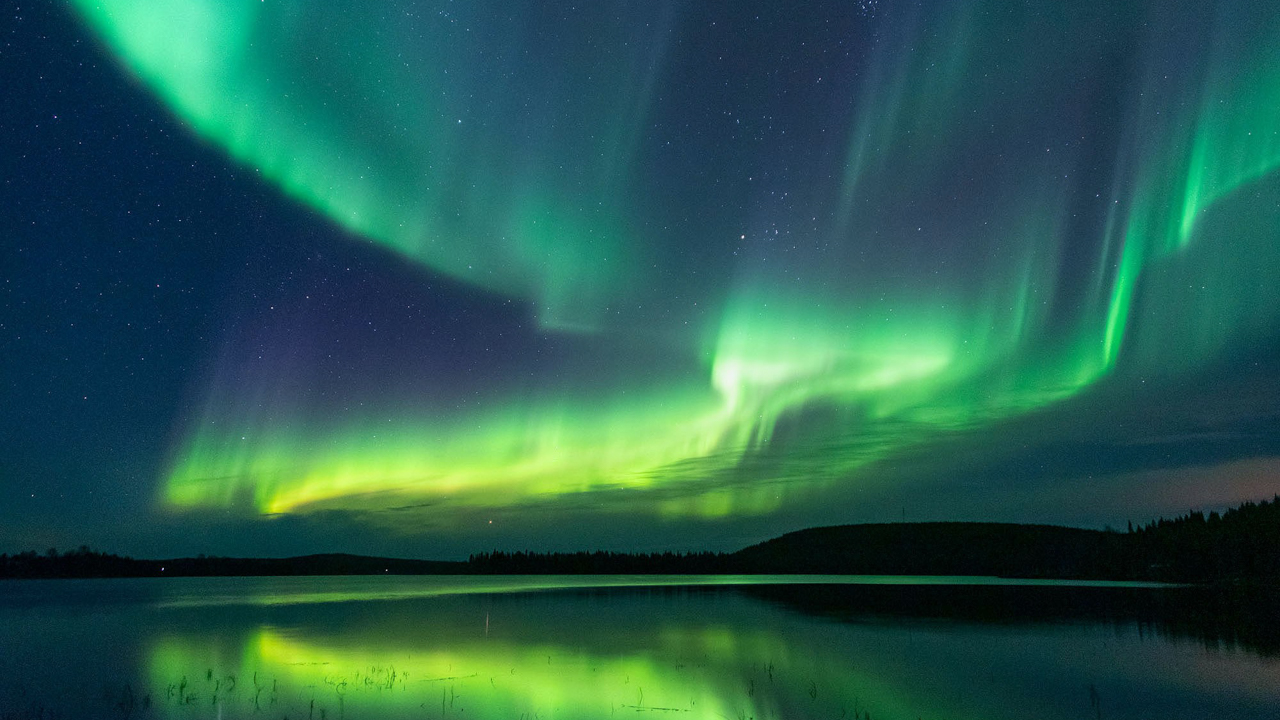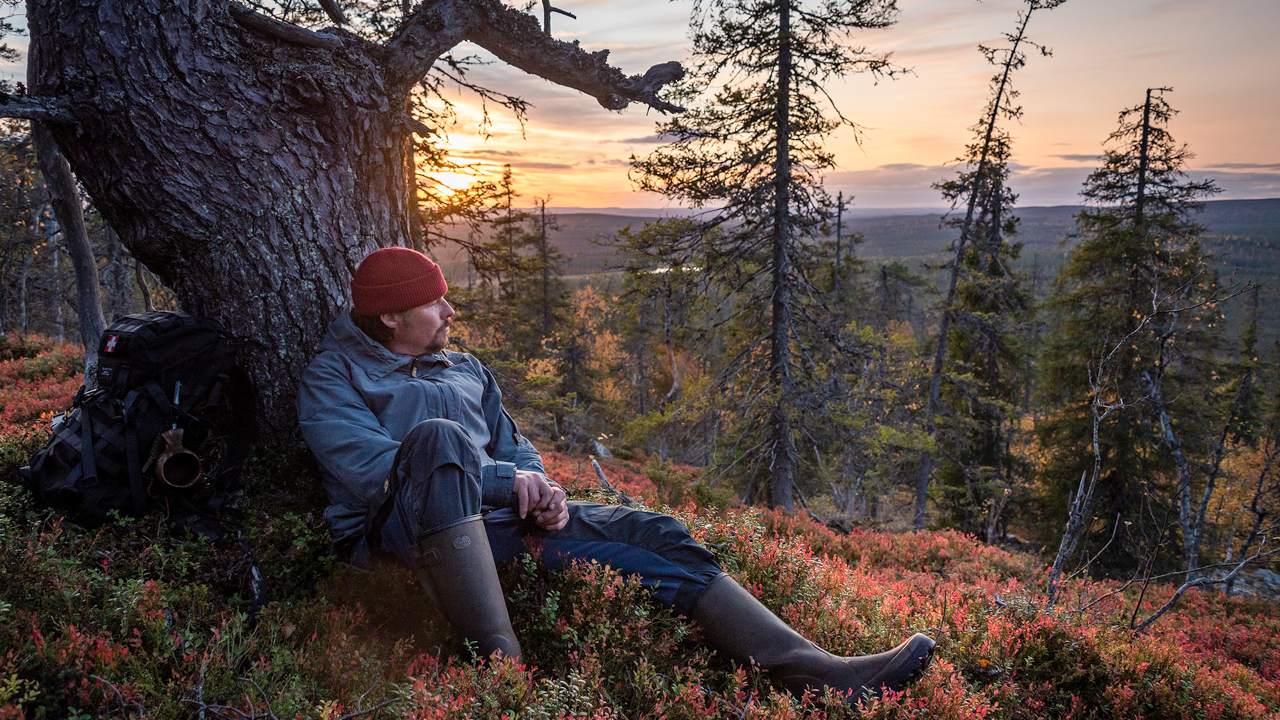The majestic Tornio River runs through the shared cultural region of Finland and Sweden, known as the Tornio River Valley, for a distance of five hundred kilometres. The area stretches from Tornio to Kilpisjärvi, from lush river estuaries to grand mountains. Follow the river and you will encounter Lapland in two different countries, with multiple language regions, amidst stunning and ever-changing natural landscapes – all at the world’s friendliest border.
Original Lapland is a path to the region’s small-scale entrepreneurs – offering genuine experiences, nature, culture, and an introduction to a unique way of life. Are you ready to embark on this journey?
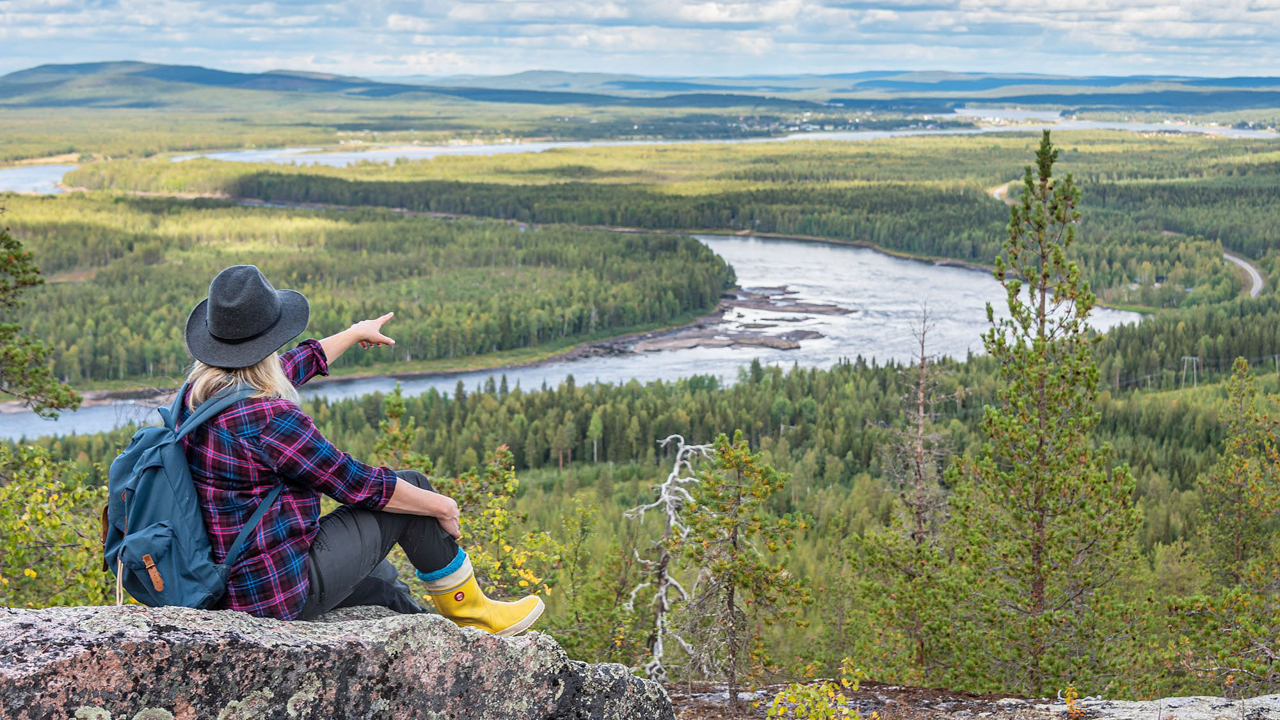
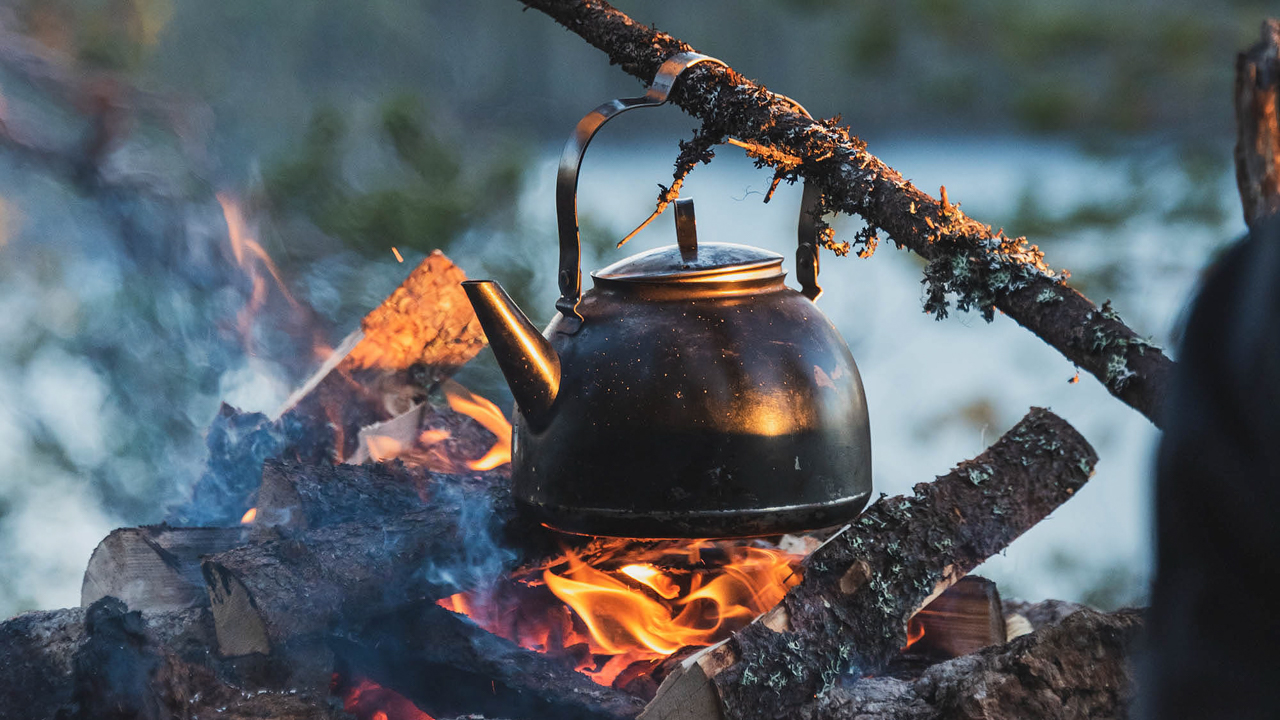
Tornio River – Wild and Free
Tornio-Muonio River, also known as Väylä, is Europe’s longest free-flowing river. Flowing from the northern fells to the Gulf of Bothnia, this border river between Finland and Sweden is renowned for its salmon. In the north, the crystal clear river meanders through landscapes dotted with downy birches, surrounded by expansive views. As you reach Kolari, the trees start to grow taller, and in Pello and Ylitornio, the wide Väylä cuts through forested hills.
In its southern parts, the Tornio River flows through rural farmland and merges with the sea at the twin cities of Tornio-Haparanda. The riverbanks are dotted with small villages on both sides of the border, and there are numerous bridges crossing the river – everyday cross-border interactions are commonplace and refreshingly easy.
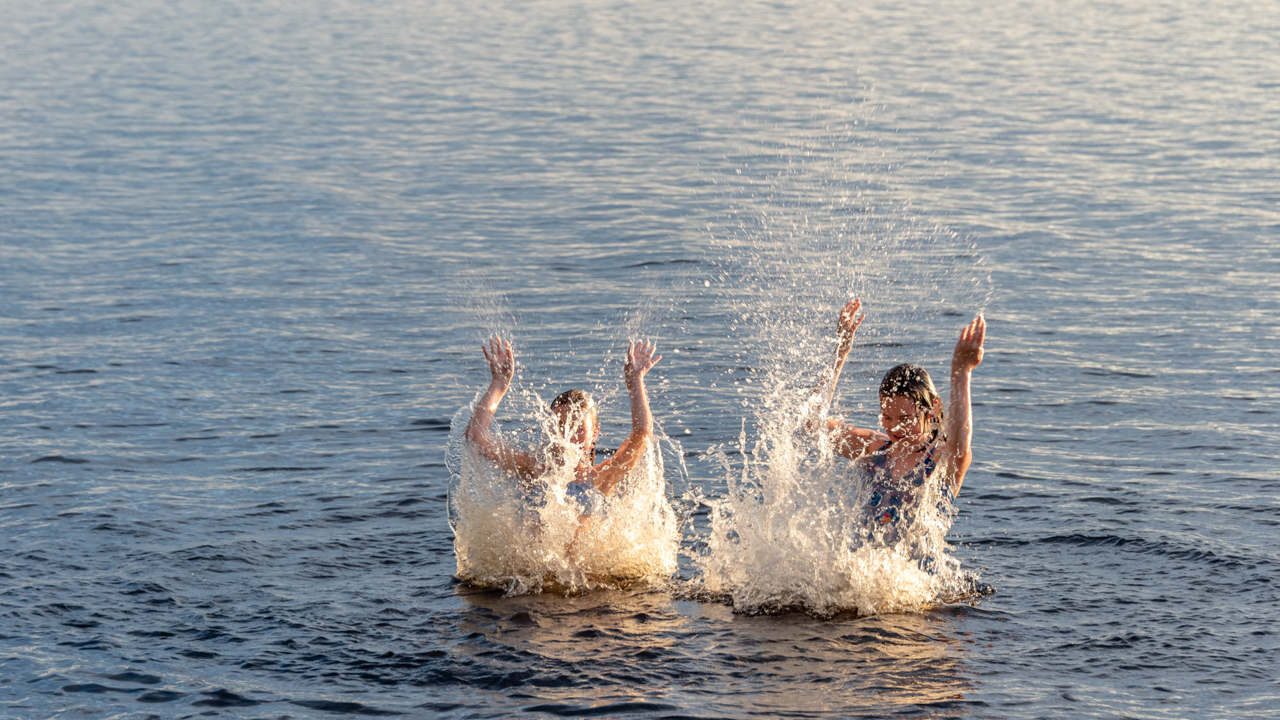
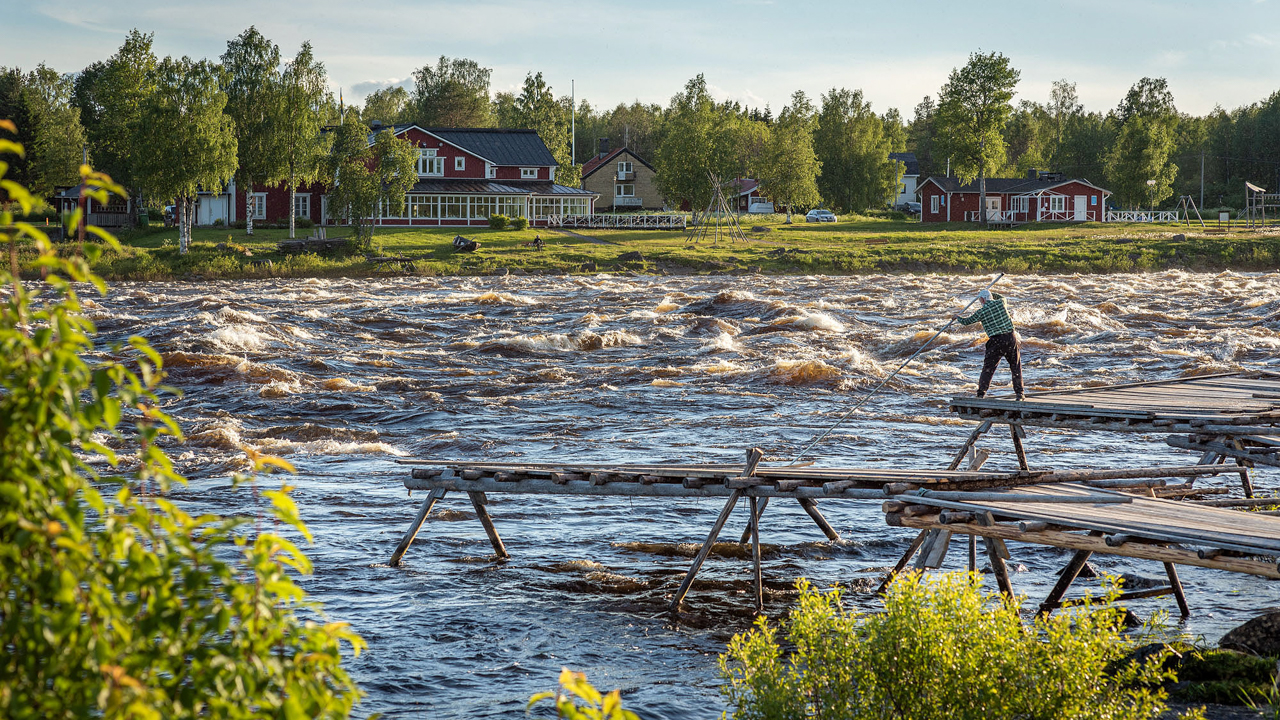
The Magic of the Arctic Circle – Midnight Sun
Not only the river but also the the Arctic Circle passes through the Tornio River Valley, in the areas of Pello, Ylitornio, and Övertorneå. North of the Arctic Circle, the Midnight Sun during midsummer provides a magical spectacle: The sun barely dips below the horizon, painting the landscape golden, only to rise again fully, transforming the night light again into the brightness of a day. Following this series of events, you can tangibly experience being part of nature’s tireless cycle.
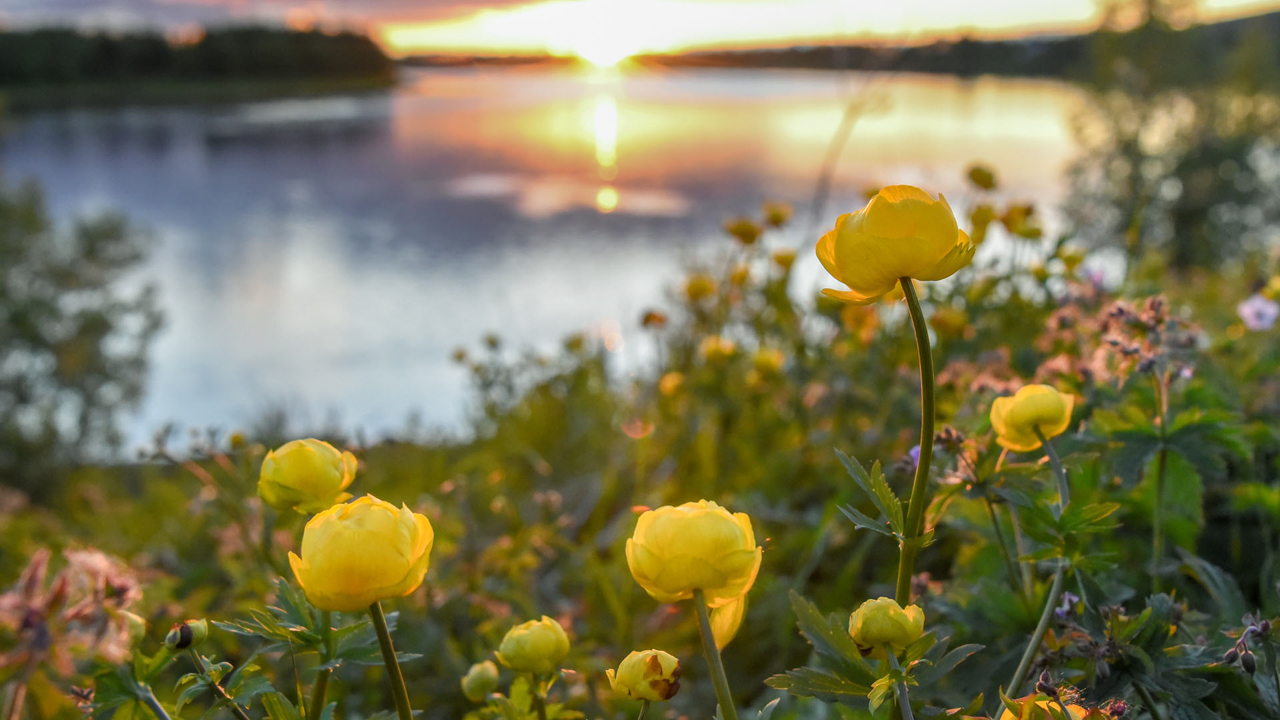
Pello – Finland’s Fishing Capital
The entire 500-kilometre length of the wild Tornio River offers excellent fishing opportunities, however it is Pello, the fisherman’s paradise, that has been designated as Finland’s official fishing capital. During the peak season, long salmon boats glide along the river day and night, as the king of the Tornio River – the wild salmon – entices both annual enthusiasts and first-time visitors alike. Fishing services are available, ranging from boat rentals to full-service guided fishing trips and multi-day excursions using different fishing techniques.
Tornio River Valley also provides great opportunities for diverse lake fishing, such as pike fishing, perch and zander jigging, and private lake fishing for large trout in the wilderness. Traditional forms of fishing are also practised in the region, including dipnet fishing for whitefish at Kukkolankoski rapids and seine fishing for vendace at Miekojärvi. Guided fishing tours are also organised to the northernmost water areas.
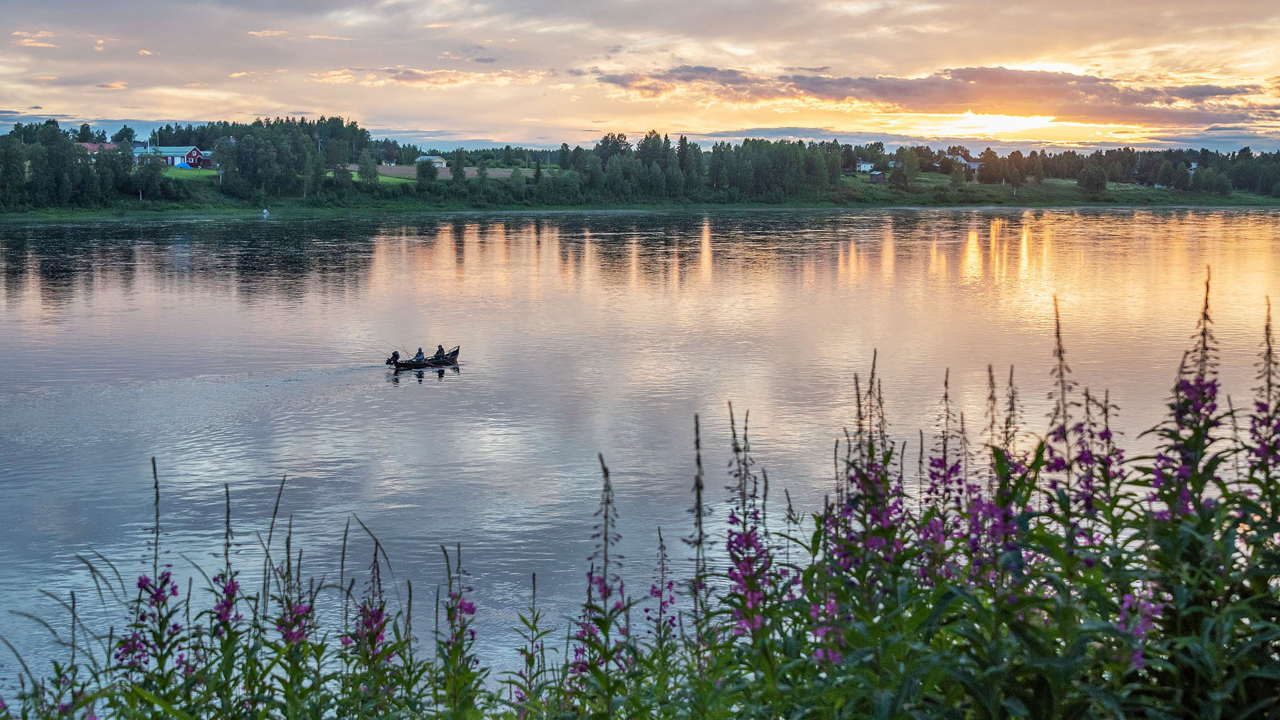
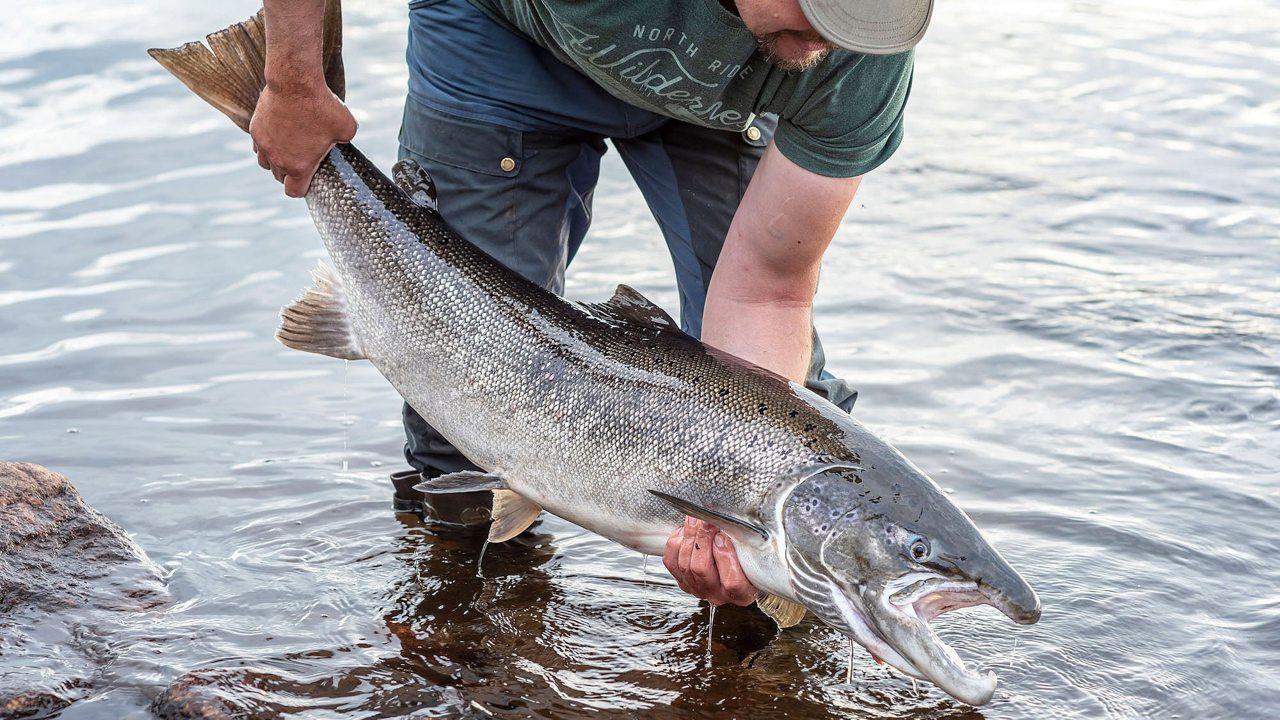
Legendary Landscapes and Diverse Adventures in Ylitornio
Ylitornio is home to Aavasaksa, Lapland’s oldest tourist destination. It’s a traditional place to admire the Midnight Sun and the light summer nights of the north. From the top of the hill, an impressive national landscape stretches over the Tornio River Valley and forested hills. There are also a variety of accommodation and restaurant services available.
The Midnight Sun can also be admired on canoe routes that wind along small and large rivers from Kolari to Pello through Ylitornio. The area’s large lakes, such as Miekojärvi, Vietonen, Raanujärvi, and Lohijärvi, offer experiences for swimmers, boaters, and anglers. It’s definitely worth a visit to cross the river to Övertorneå, or Matarengi, on the Swedish side as well.
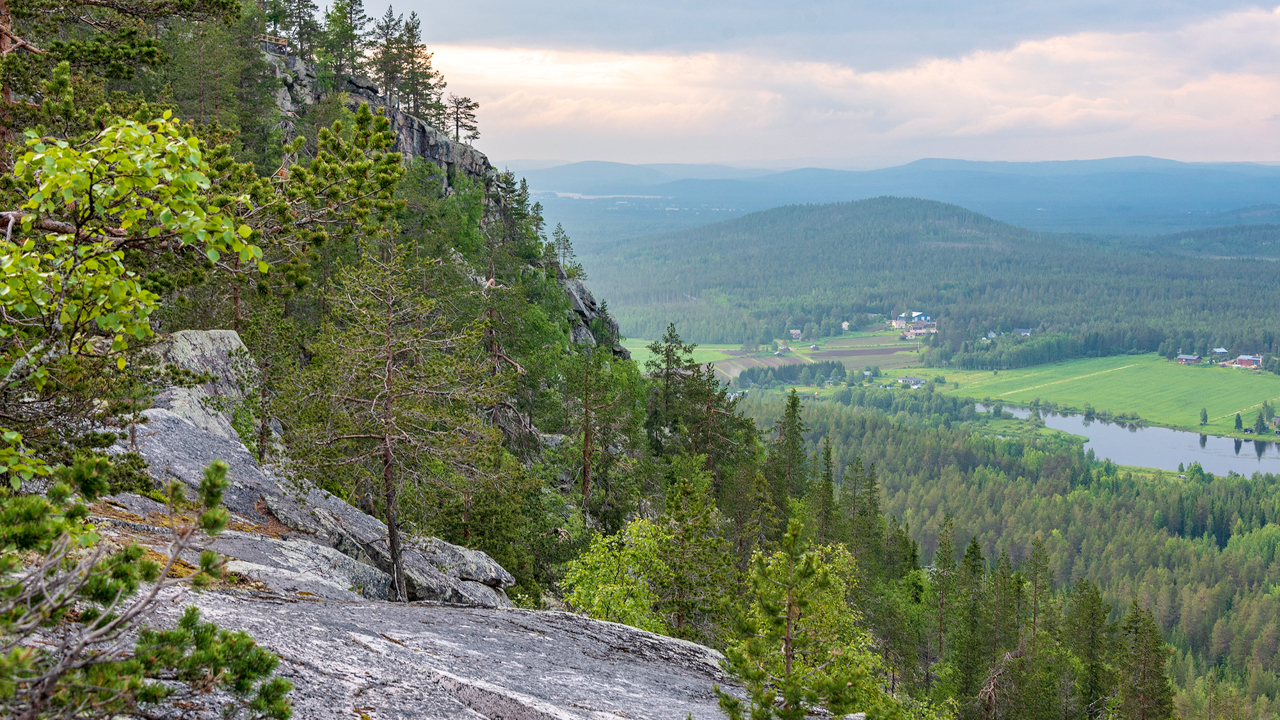
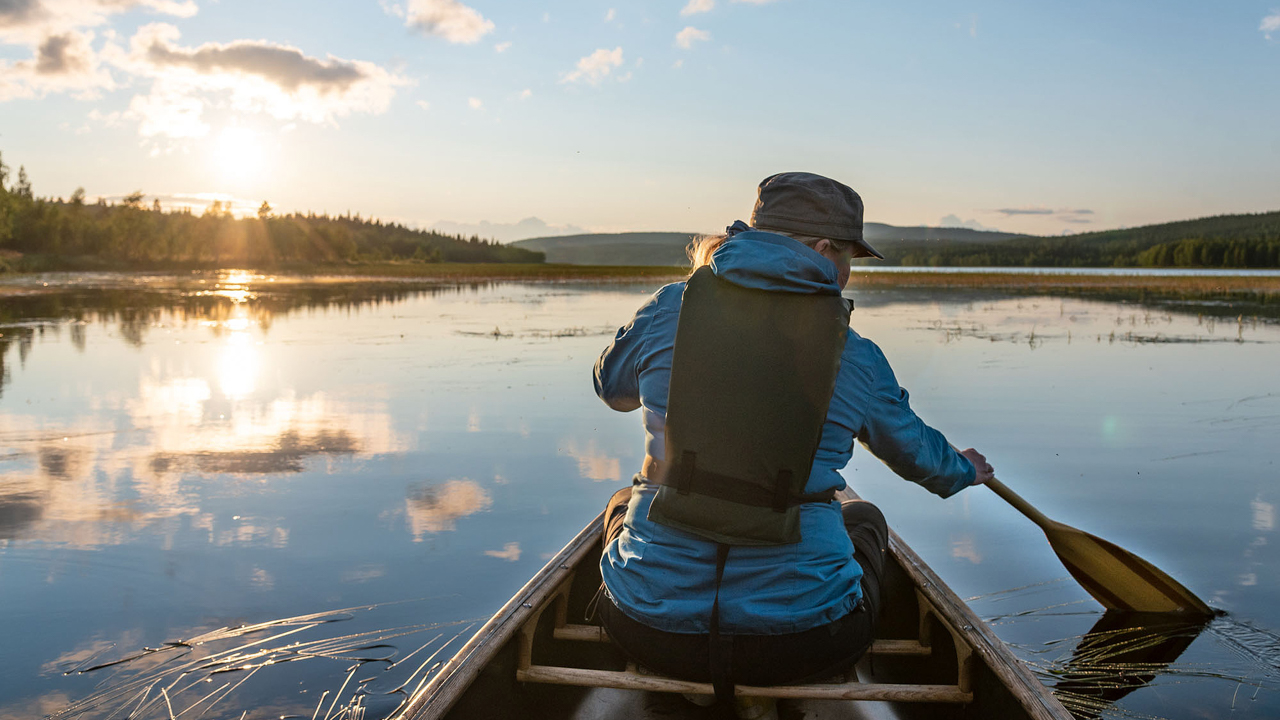
A Road Trip through Two Countries at Once
The Tornio River Valley is a refreshing option for a summer road trip: the world’s friendliest border, well-maintained roads on both sides, and numerous bridges crossing the river offer an irresistible opportunity to experience the magic of two countries in one trip.
Saana fell in Kilpisjärvi is a landmark of the northern wilderness, and at the southern end you can experience the Tornio-Haaparanta archipelago. In between, there are the stunning landscapes of the Pallas-Yllästunturi National Park, the lake region, and lively village life
It’s fun to build a road trip around a theme: would you choose to stop and admire all the river rapids along the way, or would you rather try all different swimming spots from secret beaches to public pools? Or is it the summer events in the villages that interest you the most? The theme of the road trip can also be fishing, retro life, child-friendly destinations, or the crazy and surprising phenomena of the Tornio River Valley. The theme is a fun spice: it makes it easier to choose destinations, provides an exciting perspective, and often allows for more unique experiences.
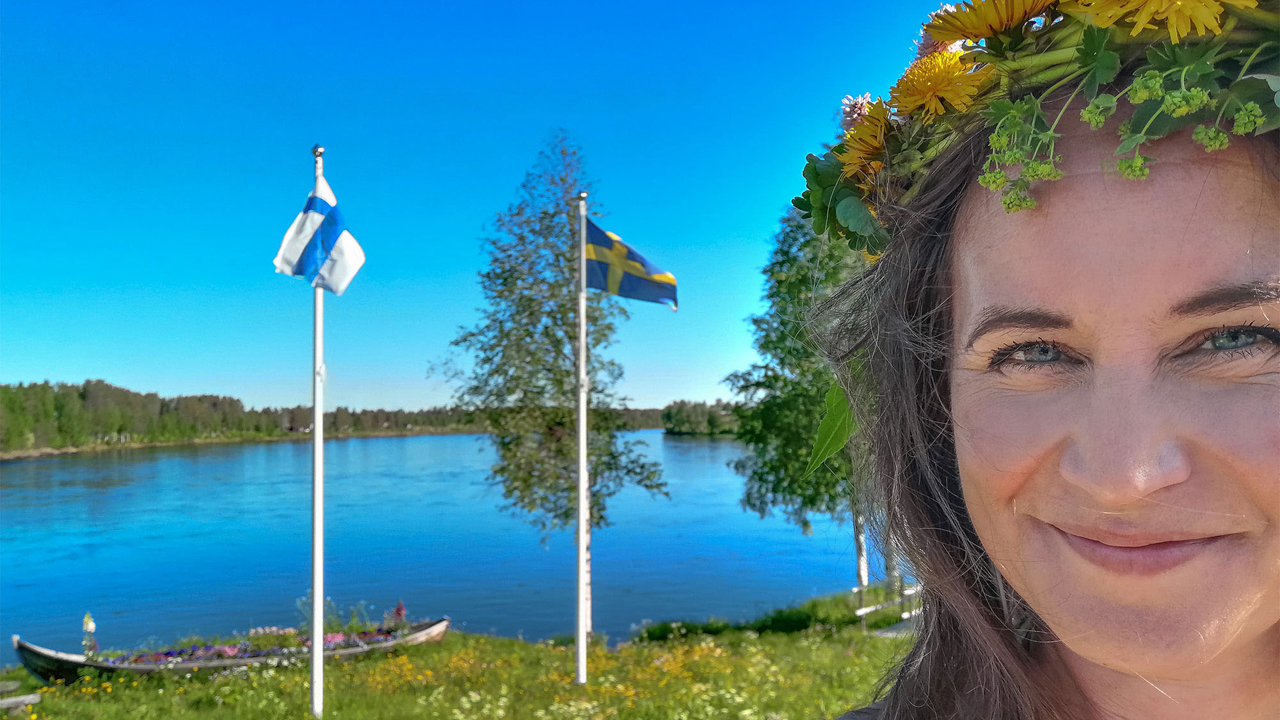
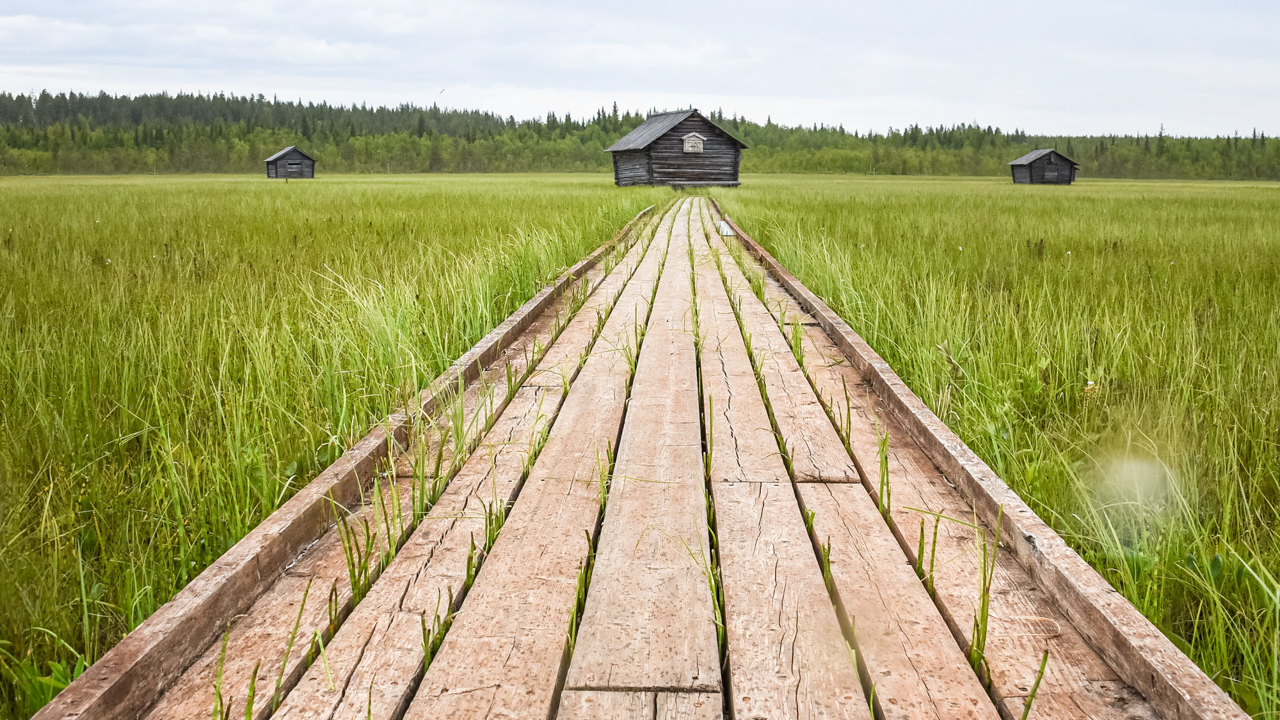
Lapland on a Plate
The cleanest air in the world has been measured in the Tornio River Valley, in the municipality of Muonio. The clean air, clear waters, and bright summer nights make the flavours of fresh ingredients shine. The forests provide abundant harvests of blueberries, lingonberries, and cloudberry, the gold of Lapland. Anyone can freely pick berries in the forest according to the Everyman’s Right. Game is hunted and utilised in a variety of ways, and waterways provide a variety of fish.
The most traditional dishes are salmon soup, grilled whitefish on a skewer, sautéed reindeer and moose – it is the reindeer herding area, after all. In addition, new potatoes with melted butter, rieska flatbread, various forest mushroom delicacies, squeaky cheese and berry desserts are typical local dishes. Smoking and salting are widely used cooking methods, and pickling with vinegar is also a tradition. The close connection between the two neighbouring countries is also reflected in the culinary culture: many influences are taken from both sides. Fika, or coffee break, is an important part of social interaction.
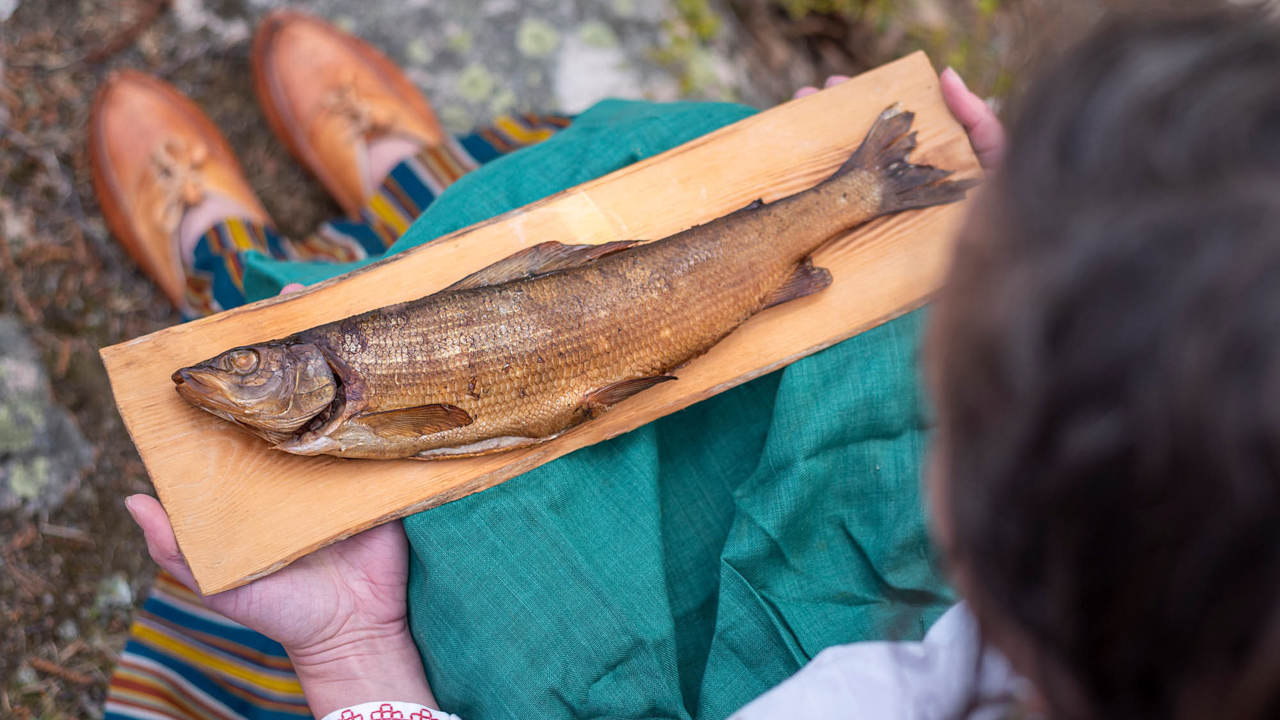
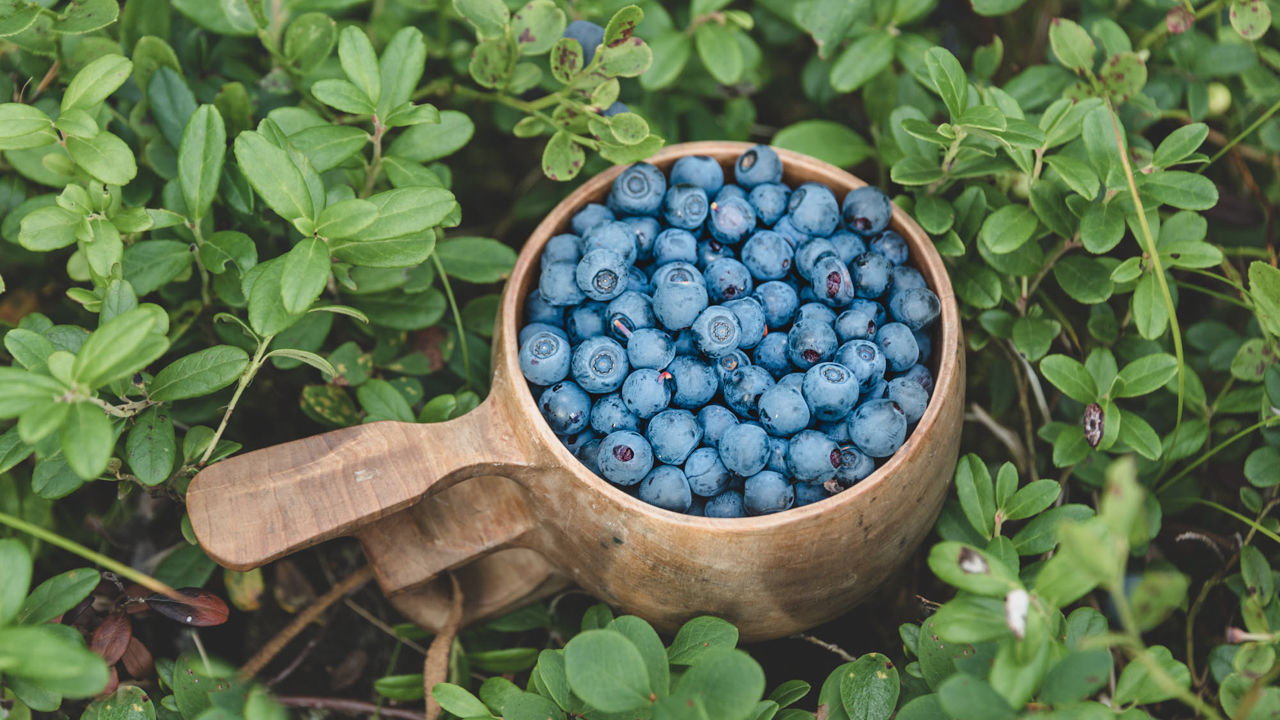
Cultural Heritage of Two Countries
The settlements in the Tornio River Valley have a long history, and the cultural heritage of this extensive region is rich. Sámi tradition, way of life, and language are particularly present in the northernmost areas. Reindeer herding, logging and timber history, various forms of traditional fishing, as well as agriculture and livestock farming have shaped the lifestyle in the river valley. These traditional livelihoods are also reflected in handicrafts: reindeer bone and leather are commonly used materials, kuksas (traditional wooden cups) and knives, Lovikka mittens, and fishing equipment are part of the classic repertoire.
Cross-border interaction has always been lively. The valley has its own language, Meänkieli, which is a combination of Finnish and Swedish. In the Tornio River Valley, international trade and explorations have been carried out for centuries, facilitated by functional waterways. Some of the measurement points of the UNESCO World Heritage site, the Struve Geodetic Arc, are located in the Tornio River Valley.
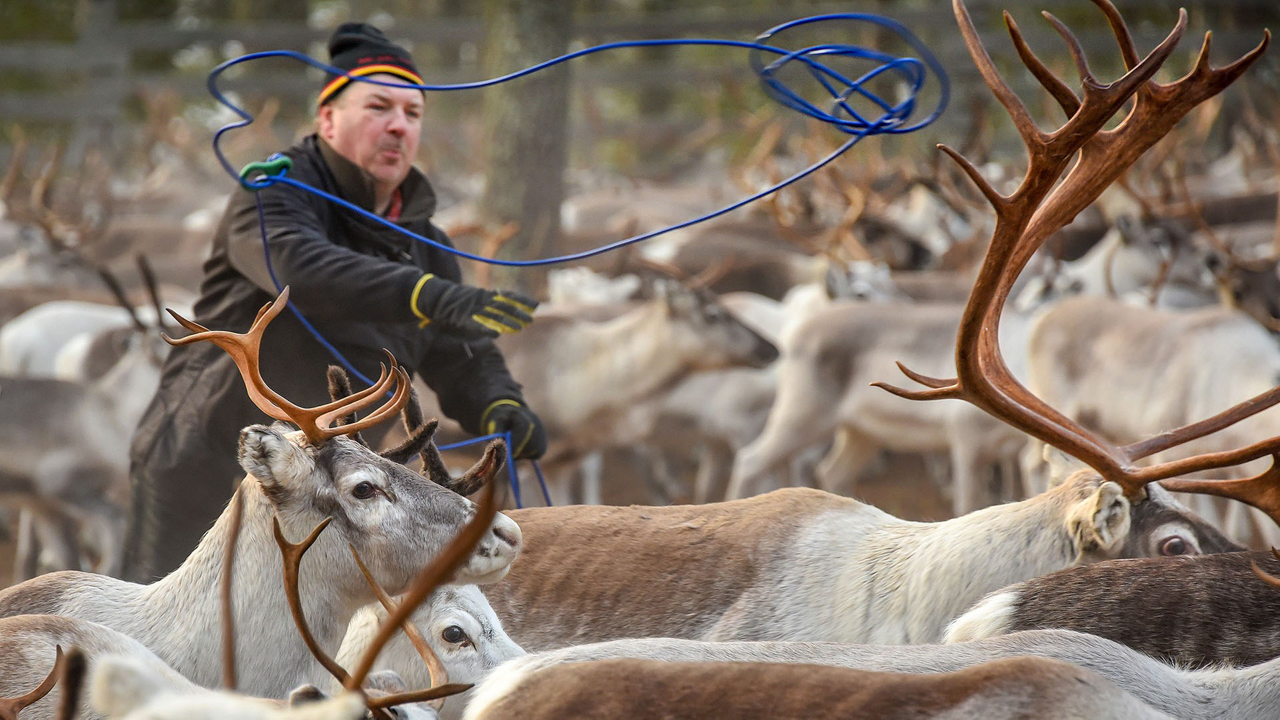
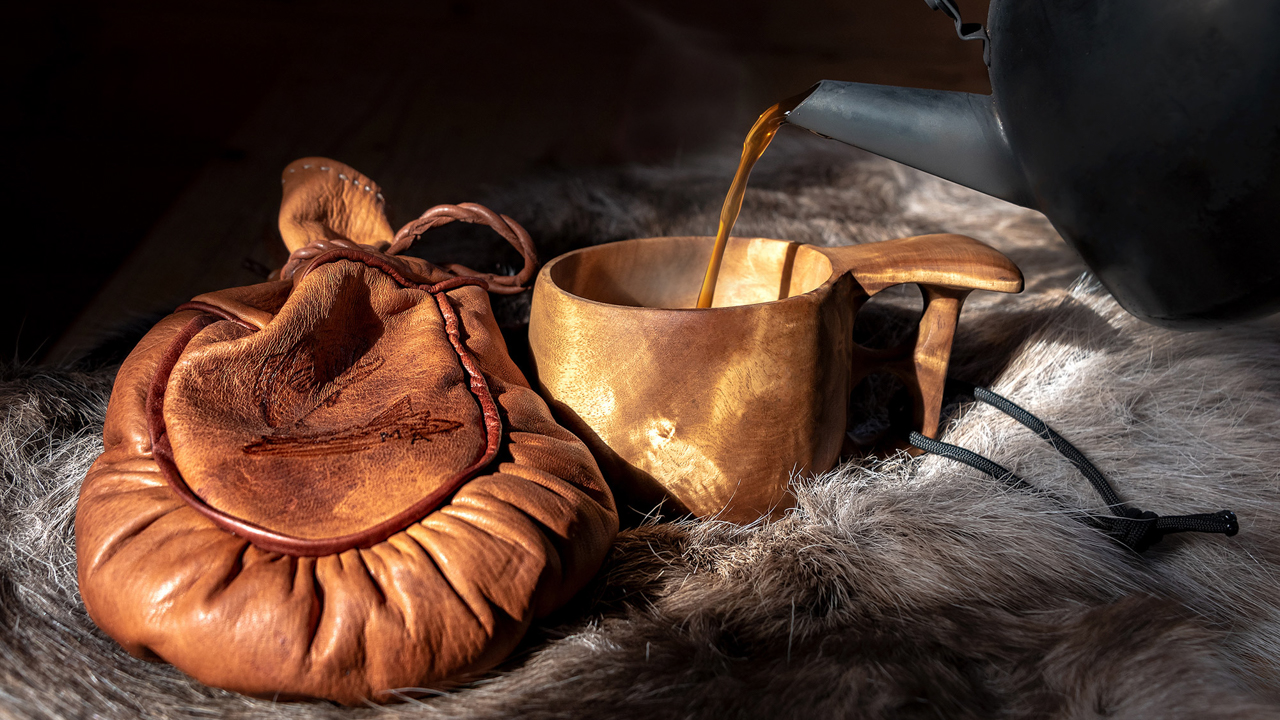
The Arctic Summer Culminates in Autumn Colors and Northern Lights
Impressive Arctic natural phenomena provide a magnificent backdrop in the Tornio River Valley. Over the course of a few months, the landscape undergoes a massive transformation.
Late summer’s crisp nighttime temperatures, combined with the clear sunshine during the day, cause deciduous trees to dress in their most striking colours: birches turn yellow, rowans become red, and aspens blaze fiery orange. The contrast between the delicate colour palette of early summer and the deep greenery of midsummer is significant – it’s as if nature is showcasing its strength, its readiness to embrace what is to come.
In the autumnal landscape, a herd of reindeer is a magnificent sight. The reindeer proudly display their antlers, which have grown into impressive crowns, and their thick fur is at its most beautiful. The animals gather together and prepare for the arrival of winter.
Later, as the scent of autumn fills the air, nights grow longer, and temperature fluctuations throughout the day increase even further. The time of the Northern Lights begins. It is commonly believed that the Northern Lights belong to the heart of winter, but the truth is different: in reality, the night sky in September and October becomes a dark stage for the dance of lights. The dark and motionless lake surfaces, still awaiting their ice cover, reflect the metallic glow of the sky and double the experience.
